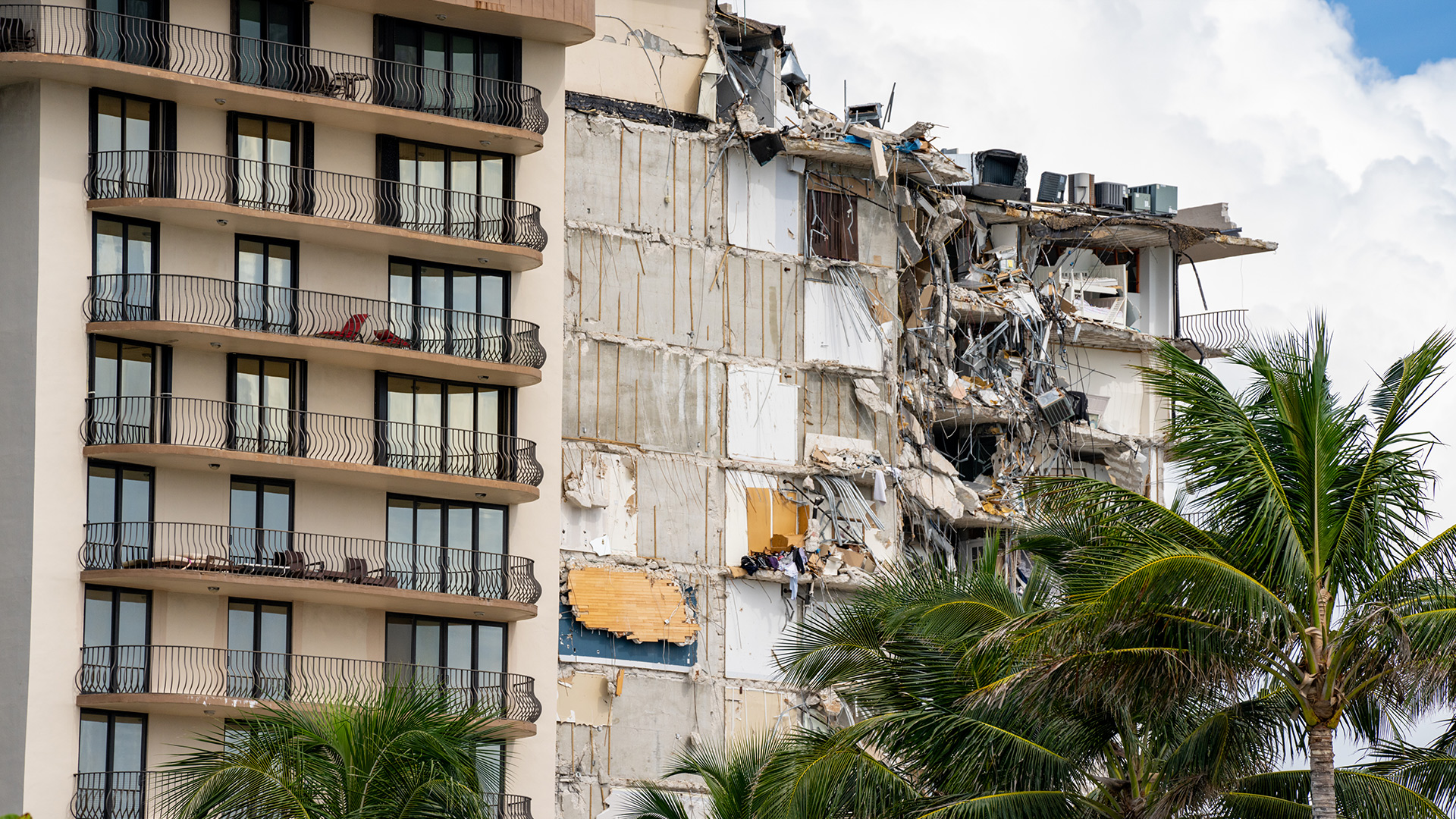
Illustrations by Jiaqi Wang
There are few challenges facing the property industry that are quite as visceral as climate risks like flooding and wildfires. But how do these risks impact valuations, decision making and where capital is deployed?
By any estimation, the total amount of real estate exposed to the impacts of climate change is tremendous. Recent research from the Environmental Defense Fund suggests that American residential real estate located in flood zones is overvalued by between $121bn to $237bn. A McKinsey report also points to a study which found that returns in a diversified equity portfolio could drop by up to 40% this decade due to climate risks, if left unaddressed.
“All of these things converge in real estate in different ways,” says Zac Taylor, assistant professor at Delft University of Technology and an expert on climate finance. “Flood risk management is typically a market-level issue, while you can deal with many aspects of heat stress at the asset level. Some risks are more existential to markets, and some are more quality of life-related. These nuances are hard for the real estate community to grapple with.”
Regardless of the scale, climate risks are not as simple as a property getting destroyed or being left untouched.
Impact on valuation
Climate change affects valuations by decreasing net operating income (NOI) as well as impacting investor appetites for specific locations and property types. As areas become more exposed to natural disasters like flooding, one of the biggest factors is rising property insurance premiums. After Hurricane Ian hit the west coast of Florida in 2022, a multitude of home insurers including one of the largest in the US, Progressive Insurance Group, chose to reduce operations in the state. Others chose to leave it entirely.
“As insurers update models to include forward-looking climate risk in addition to backward-looking risk, we may see changes in premiums which could affect where people are investing,” says Brodie Boland, partner at McKinsey & Company and a leader on the firm’s climate risk team. “The trick is, though, that providers insure on an annual basis, so you may see these massive cost rises.”
Occupancy rates and attainable rents are also at risk. “If the water is lapping at your lobby, your tenants are not using the building,” Boland adds. “It doesn’t need to be a hurricane, just that every couple of weeks they can’t get to work. Also, despite being called global warming people underestimate the warming.”
Shifts in the number of days a year that you have to warm or cool a building can make a big difference to profitability. “Especially in markets that don’t have HVAC [heating, ventilation and air conditioning] systems built for that, and where the building wasn’t underwritten assuming those conditions,” says Boland.
Even if a property is located at an address that is itself well-insulated from flooding or wildfire, it may still lose value. “A real estate investor can harden an asset against flooding and future-proof to some extent, but if the road in is flooded all the time, it’s not so resilient,” says Taylor. Boland adds that there are demand risks to consider too. “What is a beach destination without the beach? If that beach were at risk due to climate factors, what would that do to valuations across the local urban market?”
Jonathan Miller is the CEO of US-based real estate appraisers Miller Samuel Inc. His company was directly involved with the aftermath of Hurricane Sandy and the damage it did to property on Long Island, New York a decade ago. He says that while the storm and its flooding had a severe impact on the area, property prices remained relatively stable.
“The market consensus at the time seemed to be that one more 100-year event in the near future would deter future investment and significantly impact housing prices,” he says. “In hindsight, given the limited supply that continues to challenge this market, I doubt that would have been the case.”
Miller says that, because the damage of Hurricane Sandy only had a very short-term impact on property sales, “more than a decade later, the storm has provided limited, if any, additional awareness of the impact of climate change on the future of the housing market.”
Where capital is going
Despite the risks, investors are still keen on some of the most climate change-threatened markets in America. In their Emerging Trends in Real Estate 2023 report, PwC and ULI surveyed 1,450 real estate professionals, who identified a number of top US real estate investment markets. Out of the top 10, four markets – Tampa/St Petersburg, Raleigh/Durham, Miami, and Charlotte – are located in Florida and North Carolina. These are two of the top four states for acute physical climate risk, according to a February 2023 Moody’s Analytics report. If investors are still targeting these markets, what will it take to move the needle?
Changes in the capital markets could force property firms to target different areas. “Once we connect the data to the people who are doing the pricing and originating, the cost of debt will change, and that will change investor allocations,” says Boland. Meanwhile, upcoming SEC regulations expected to go into effect this year will require greater transparency around climate risks, potentially impacting investors’ appetites as well.
At the same time, the question of ‘what city will investment flock to next’ might be missing the bigger picture. “We need to think not in terms of high or low risk municipalities, but in terms of urban regions and the adaptability of critical systems, like infrastructure,” Taylor says. “The ecological, financial and broader societal dimensions of climate risks don’t respect neat municipal boundaries.”

“Despite it being called global warming, people underestimate the warming” Brodie Boland, partner at McKinsey & Company
Disorganisation and opportunity
The multiple geographies and timelines at play are an important part of what makes finding a solution so hard. It doesn’t help that the response to climate change has been so disorganised. “You see specific actors acting prudently but not working together to act prudently, on durable responses at the appropriate scale,” says Taylor. “I think the answer has to require collaboration, but it will eventually require clear cohesive government guidance, whether that is local or federal.” Repricing, regulation or both, whatever way, a shakeup is coming.
There is a silver lining, though. For those cities that do manage to provide the right mix of regulation, and guidance, becoming insulated from climate risks may pay dividends. “The hopeful note is there is a huge overlap between what you need to do to become resilient and what you need to do to become sustainable,” Boland says. “The dream here is we make our cities more sustainable, livable, prosperous, and resilient.”
Much like the challenge of becoming more sustainable requires buy-in from governments as well as the private sector, the process of becoming resilient to climate risks takes commitment and coordination from a variety of parties. The necessity of it is less a matter of if than when.

